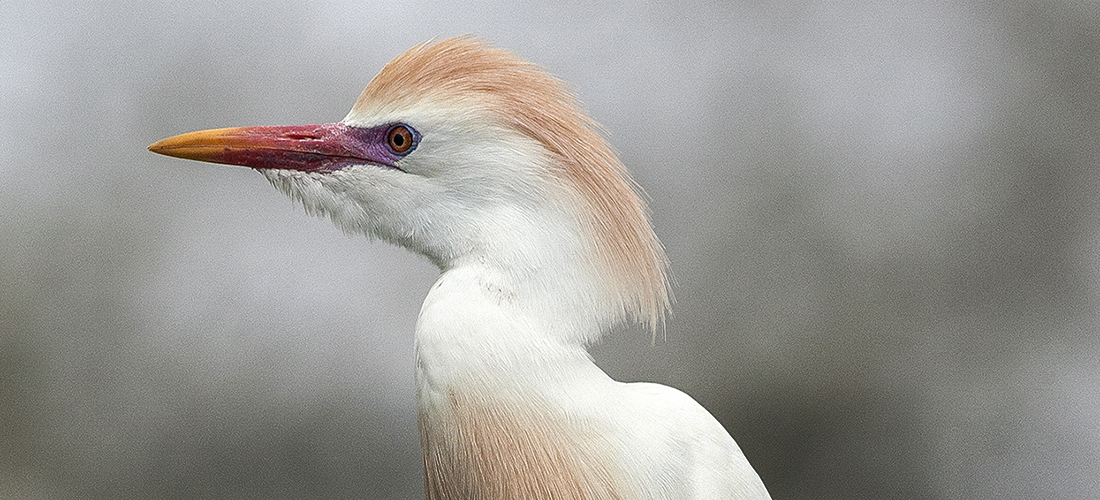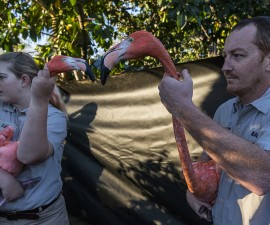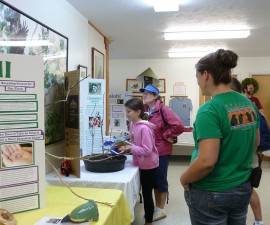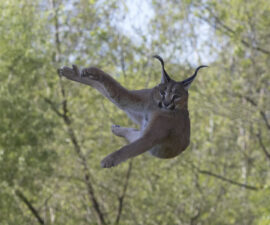BY Michael Mace and Wendy Perkins
Photography by Ken Bohn
In the 1989 movie Field of Dreams, the famous tag line was “If you build it, they will come.” The main character of the film creates a baseball diamond in his cornfield to attract former legends of the national pastime, baseball. His prophecy comes true, and he gets the result he hoped for—but he also receives a bonus he hadn’t considered. At the Safari Park, we create incredible natural habitats so that our exotic animals thrive, and we can immerse our guests in a great experience. But as we develop these areas around the Safari Park, we’ve discovered a bonus, too.

COMMUNITY GATHERING
The white-faced ibis Plegadis chihi is one of the many native species that flock to the Safari Park’s ponds. The Park’s human-designed landscape of trees and shrubs is an oasis in the midst of the habitat change taking place due to human activity.
Wild Welcome
Developing the Safari Park in San Diego County’s chaparral created an oasis of trees, lush vegetation, and large water features. As it turns out, these micro-habitats have also provided homes for an influx of native avian species. Some birds stop in to rest during their annual migration along the Pacific Flyway, while others stay year-round. Boat-tailed grackles, white-faced ibis, cactus wrens, and snowy and cattle egrets have taken up residence and become established populations at the Safari Park. In fact, the cactus wrens, egrets, and ibis living here have formed some of the largest breeding concentrations in all of San Diego County.
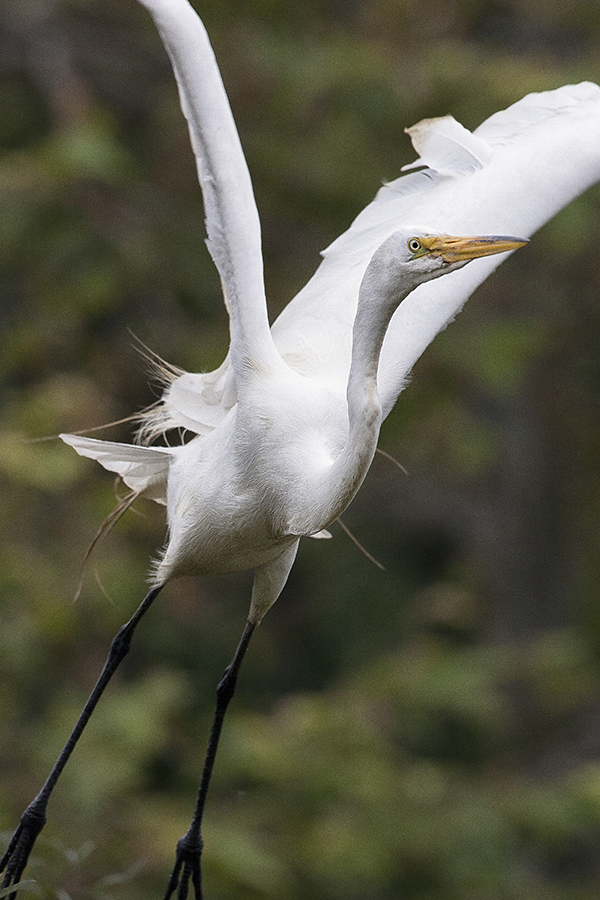
TAKING OFF
Once just a nonbreeding visitor, the great egret Ardea alba began breeding at the Safari Park in 1989.
During the past 40 years, migrating American white pelicans have made good use of the Park’s ponds and lagoons. It seems when California has extended periods of drought and traditional water sources recede, the pelicans visit us during their migration. Bird enthusiasts throughout San Diego have been thrilled and astonished at the sight of hundreds of pelicans using the Park as a stopover.
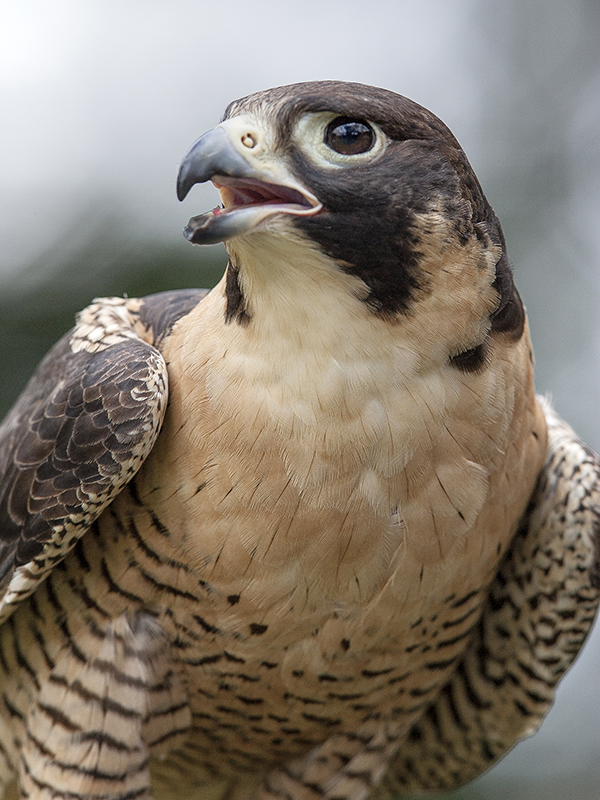
WELCOME TO THE NEIGHBORHOOD
Peregrine falcons Falco peregrinus, once considered an endangered species, are making a comeback and have been spotted at the Safari Park.
The native coastal sage scrub surrounding the Park’s expansive field enclosures is notably one of the most valuable habitats in San Diego County. Numerous bird species live in this unique habitat, and the more than 800 acres of undeveloped land at the Safari Park provide a protected environment for these locals. In fact, one of the largest populations of cactus wrens in the county can be found on the Park’s undisturbed acreage. Other species such as red-tailed hawks, turkey vultures, American kestrels, and Nuttall’s and downy woodpeckers inhabit the area, in addition to other fine-feathered friends. Each year during the Christmas Bird Count (an annual event promoted by the National Audubon Society), about 130 native bird species are sighted at the Park.
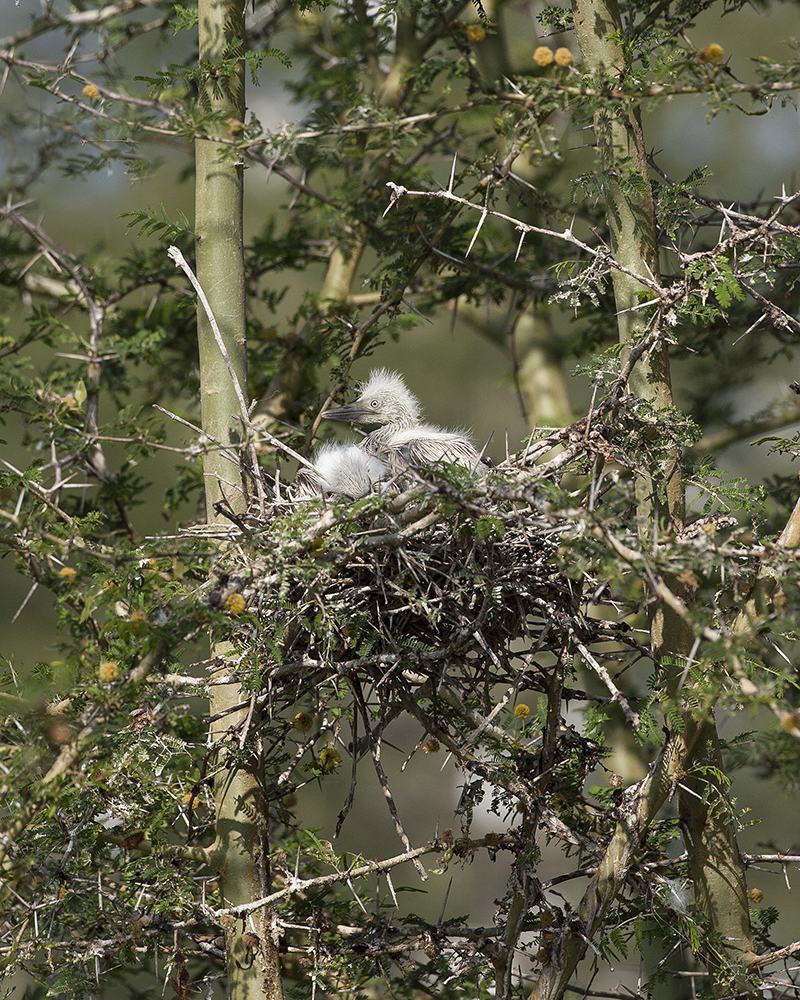
THORNY SANCTUARY
Cattle egrets choose to nest in the prickly acacia trees, where the long thorns help deter predators.
Making Themselves at Home
Some of the local species seen at the Park are also represented in other parts of the world. Cattle egrets, for example, range from North and South America to Africa, Madagascar, and southwestern Europe. The egrets are often seen walking among and even sitting on Cape buffalo, giraffes, and rhinos in the wild. In San Diego, they spend time with animals in our collection, which enhances a visitor’s feeling of “being in Africa.” Park guests are often impressed that we “trained the birds to walk with our large mammals,” until they learn that these are wild egrets just doing what comes naturally—then they are even more impressed!
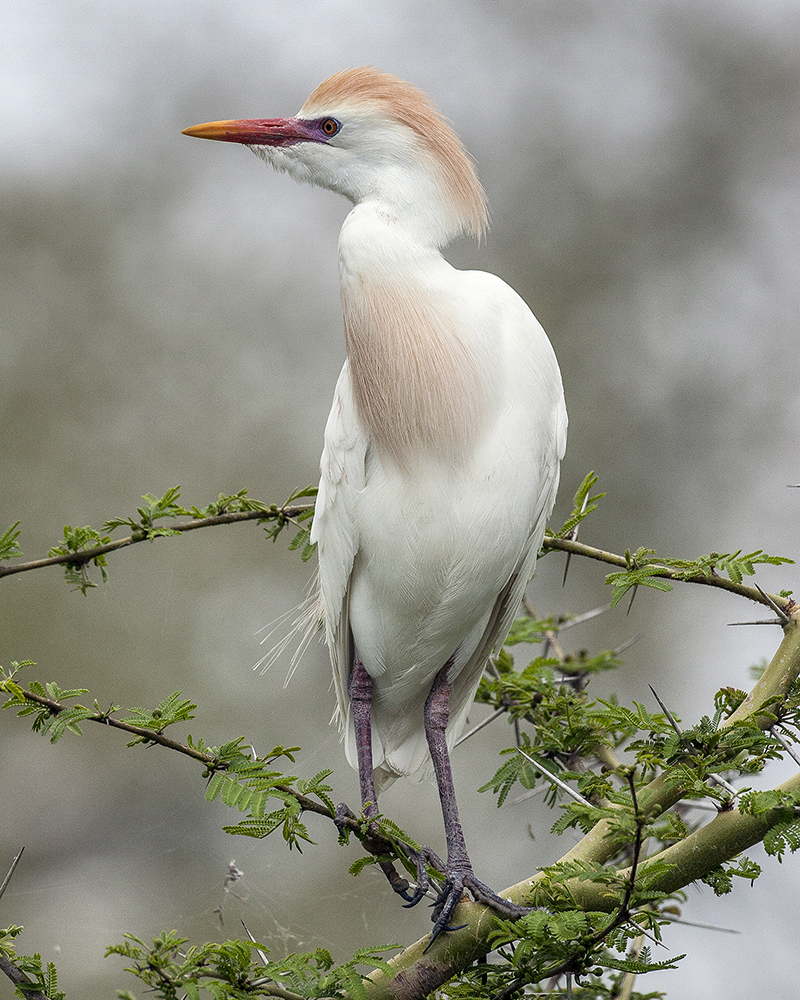
LOOKING HIS BEST
The blush of color on this male cattle egret Bulbulcus ibis signifies breeding season has begun.
Five heron species have established breeding areas at the Park: the great blue heron, great egret, snowy egret, black-crowned night heron, and the cattle egret. While large amounts of water at the Park are certainly a draw for these wetland species, our other environments attract other types of birds. For example, the overhanging deck and support structure of the Great Rift Lift elevator building and the bridges created for the Africa Tram Safari provide prime nesting locations for swallows.
We’ve built fantastic exhibits for our world-renowned collection, and guests have flocked to see them. Yet the story doesn’t end there. Just as in Field of Dreams, there’s an unexpected bonus: because we built it, the local bird species also come—and benefit.

